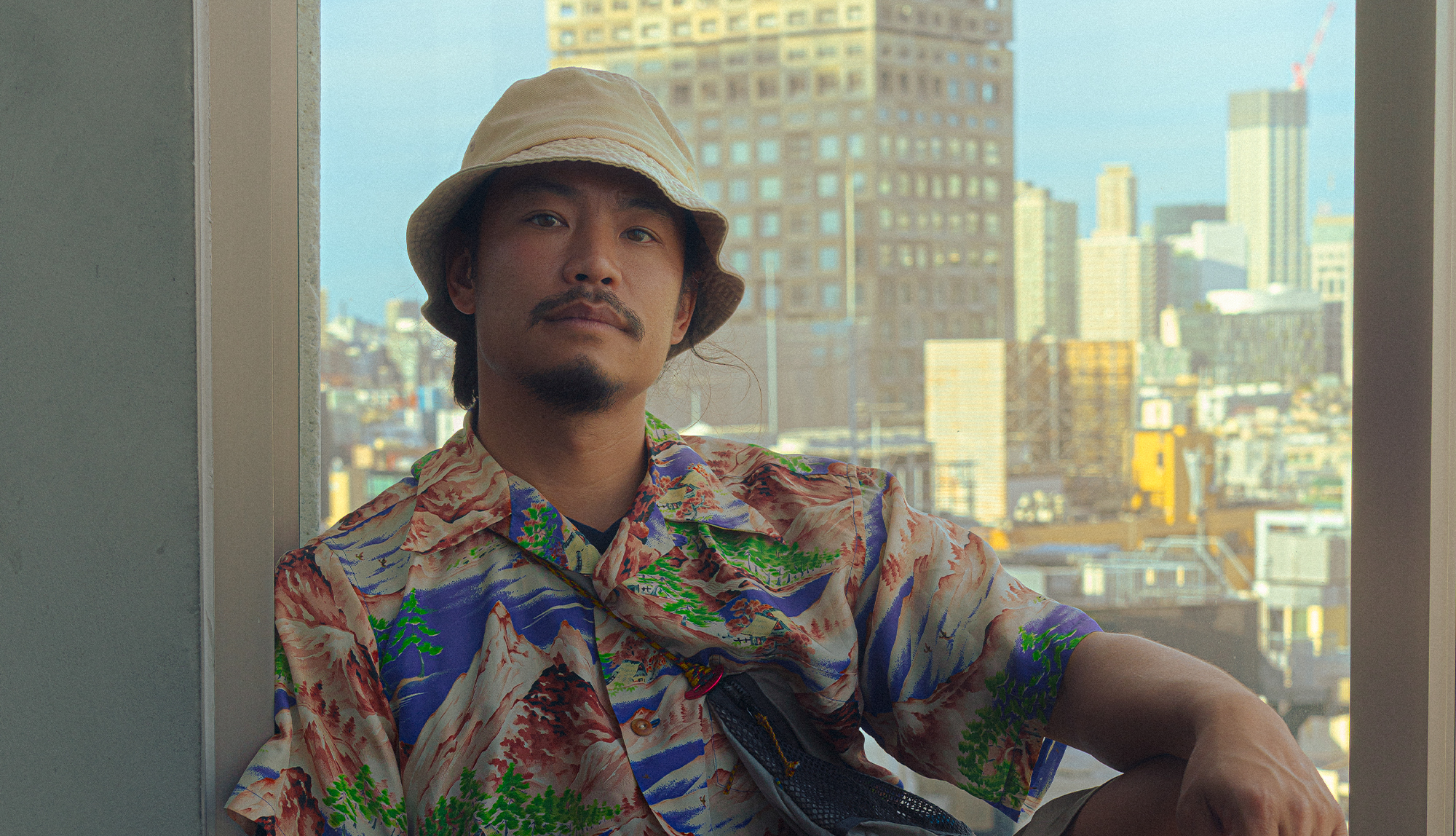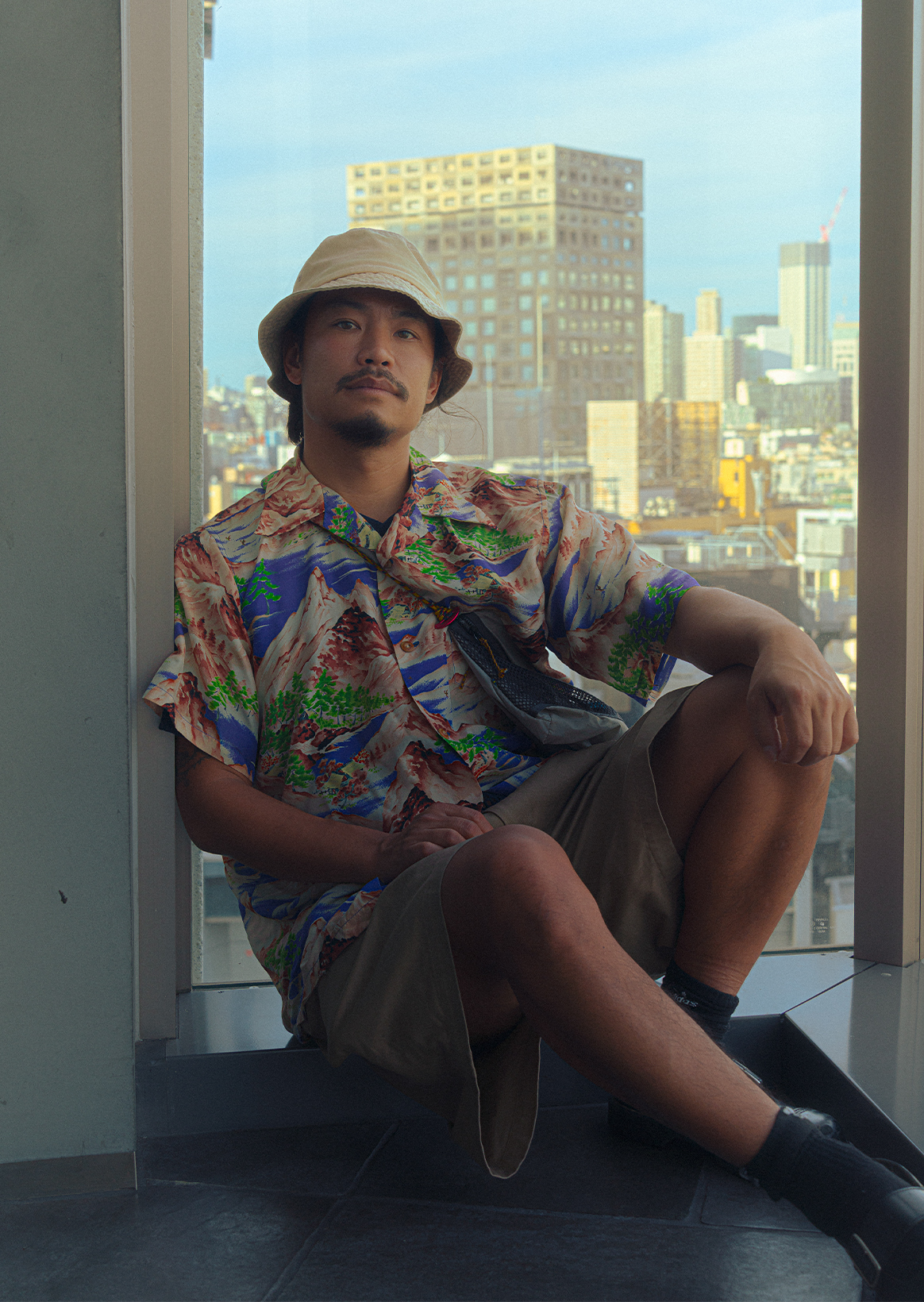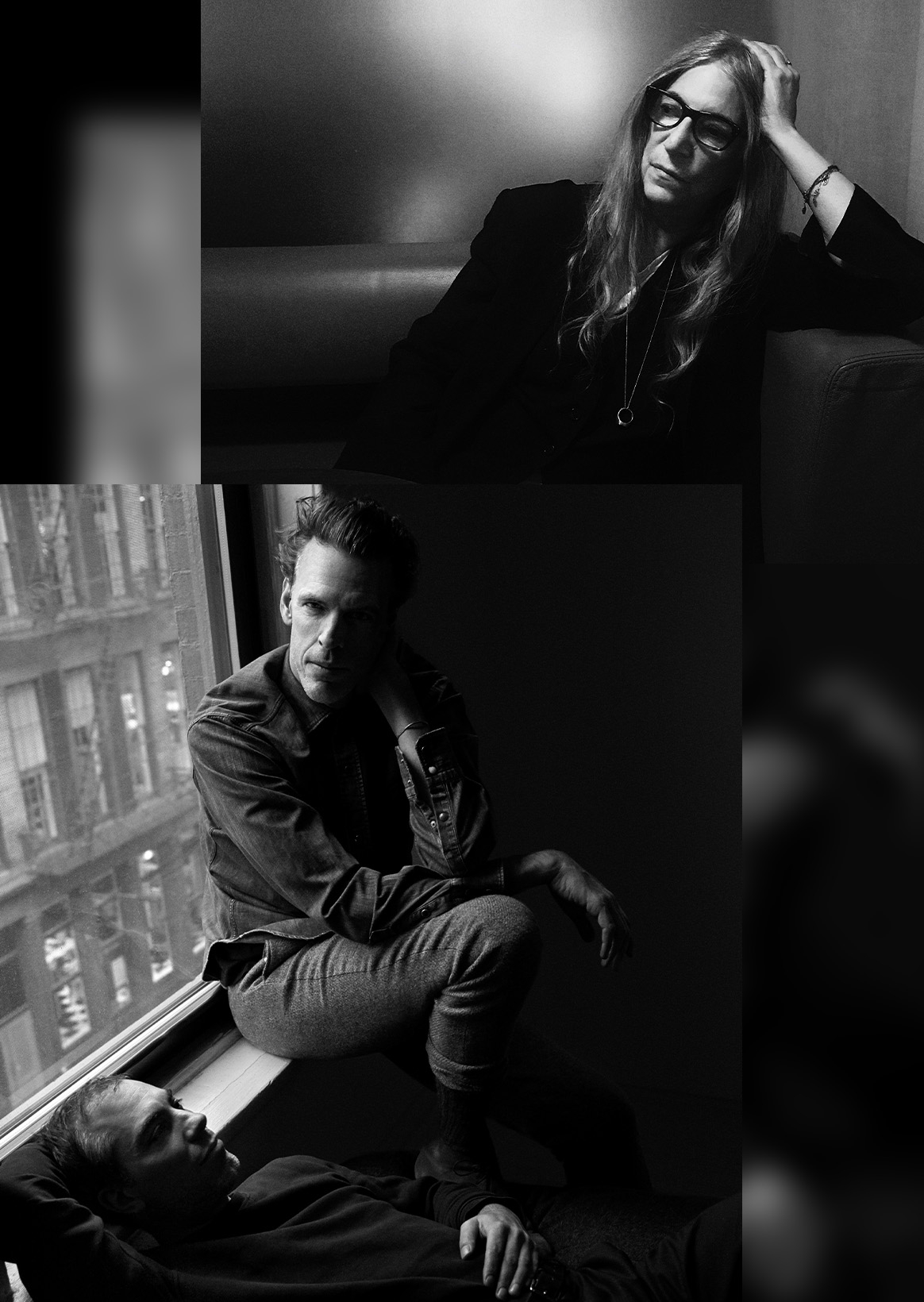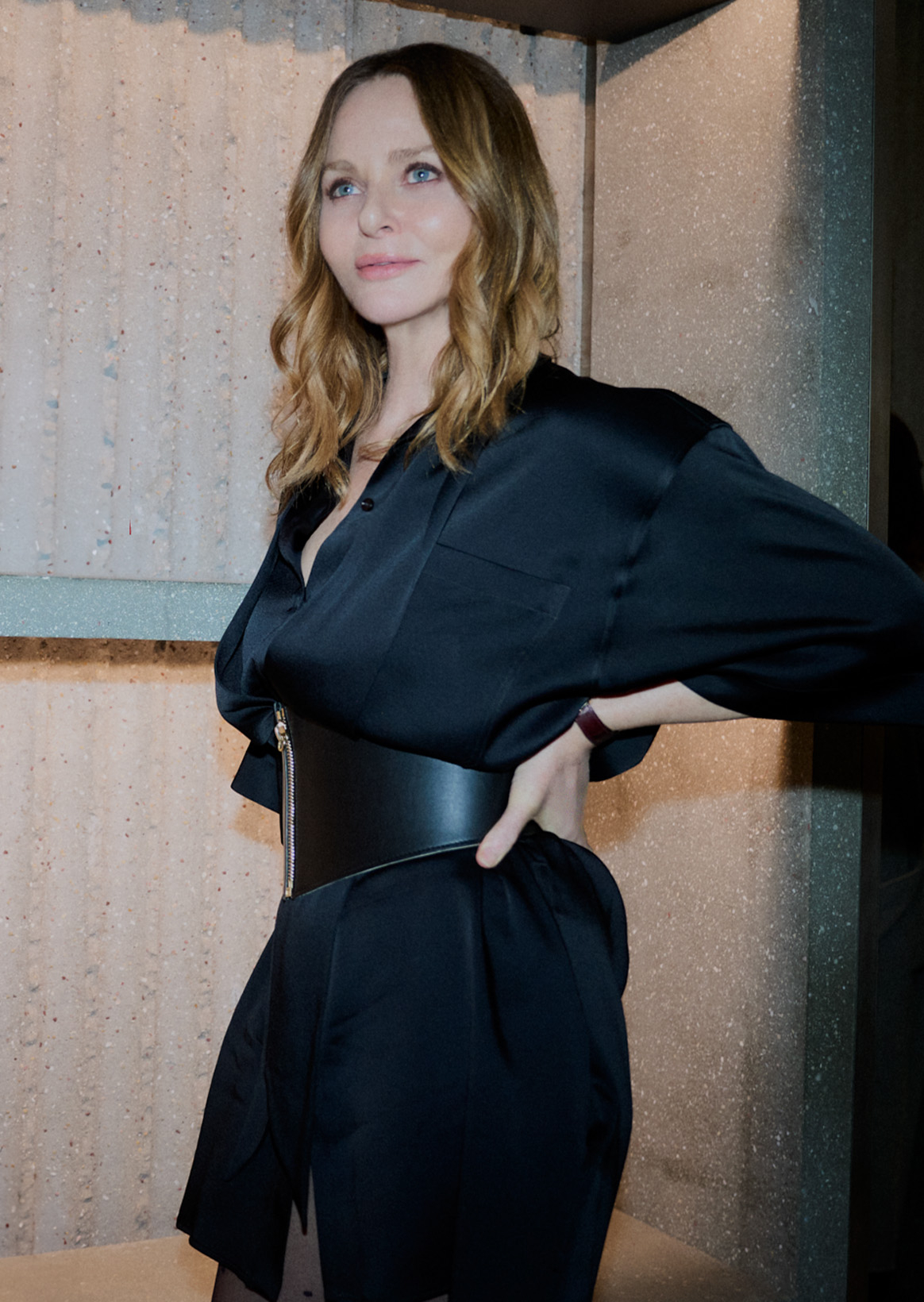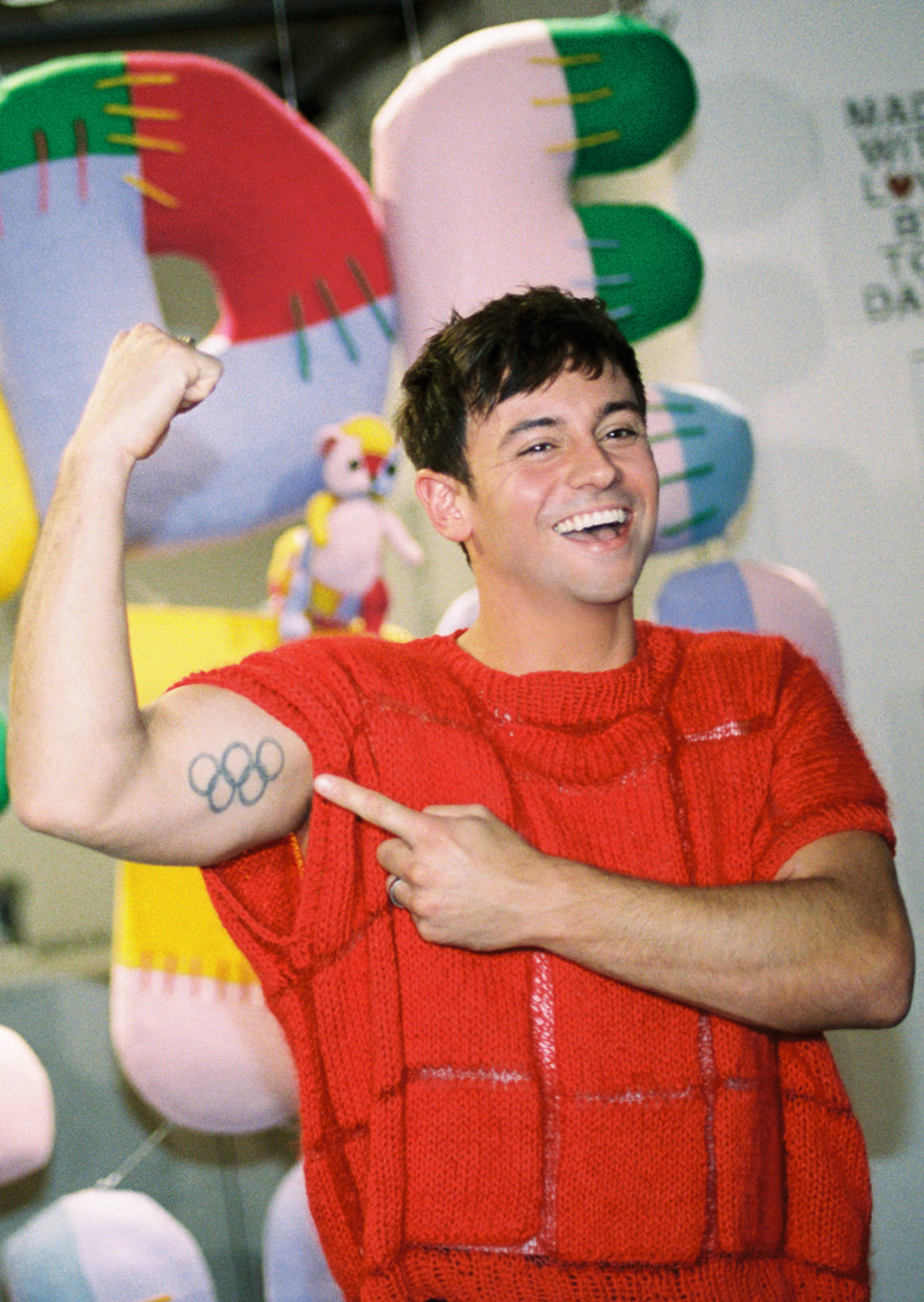Based in Los Angeles, Brain Dead is driving a global cultural movement across fashion, art, film, and spatial design. One of its bases is BRAIN DEAD STUDIOS SHIBUYA, located on the 5th floor of Shibuya PARCO.
At the helm is director Kyle Ng, who has continually built a "playground" where different cultures can be experienced as one continuous flow, by chaotically mixing together all kinds of genres. The "chaos" he speaks of is not simple disorder, but a state in which all styles coexist, intersect, and keep changing in unpredictable ways.
From his deep connection to Tokyo, to his endless curiosity about culture, and the "next playground" that Brain Dead is aiming for — we explored the ideas and passion that drive Kyle’s creative work.
- Photo
- Kei Murata
- Text
- Chikei Hara
- Edit
- RCKT/Rocket Company*
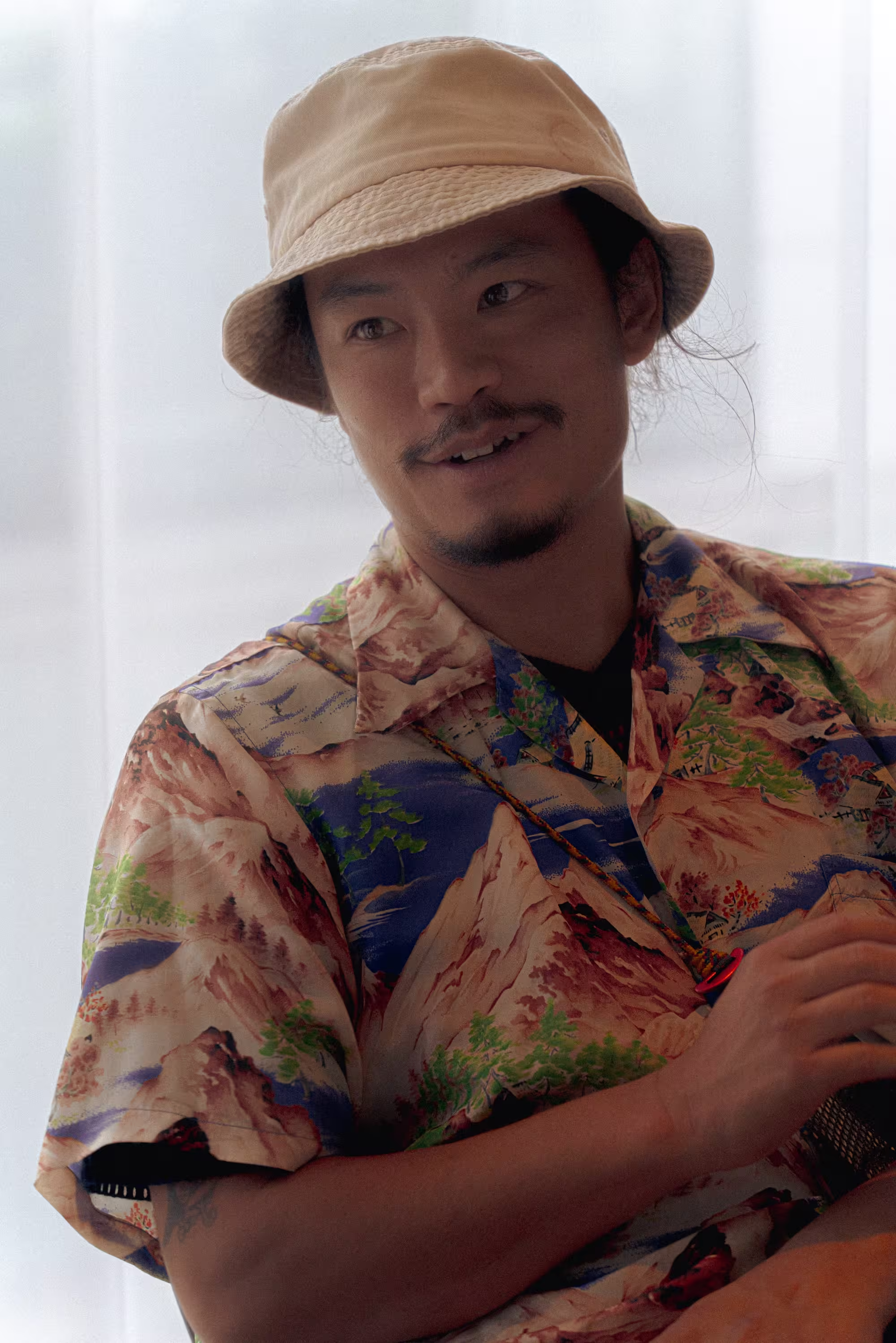
— Brain Dead is known as a creative label that works across genres through collaborations with artists and creators around the world. What lies at the core of your work, and what are your sources of inspiration?
Since I was a kid, I’ve always liked punk, hardcore, and noise music, so I’ve been strongly drawn to the cultural style of musicians and artists, things like what kind of clothes they wear or what kind of attitude they live with. I’ve always found that way more exciting than just fashion. So it was natural for me to start thinking about how to bring that culture into the clothes I make. That’s why, when I decided to make graphic T-shirts together with Ed Davis (the co-founder and graphic designer), we had no intention of making streetwear. What we were interested in was the idea of building culture itself. From the very beginning, we never had the mindset of simply turning the things we liked into products and selling them.
Now that it’s been ten years, I feel like a lot of people, just like us, are making graphic T-shirts as a way to express the cultures they love. I think our way of doing things, our neutral stance and approach, is being received as something that fits the times. That’s why the current Brain Dead places importance on building community, and on providing a kind of playground where people can discover what they love.
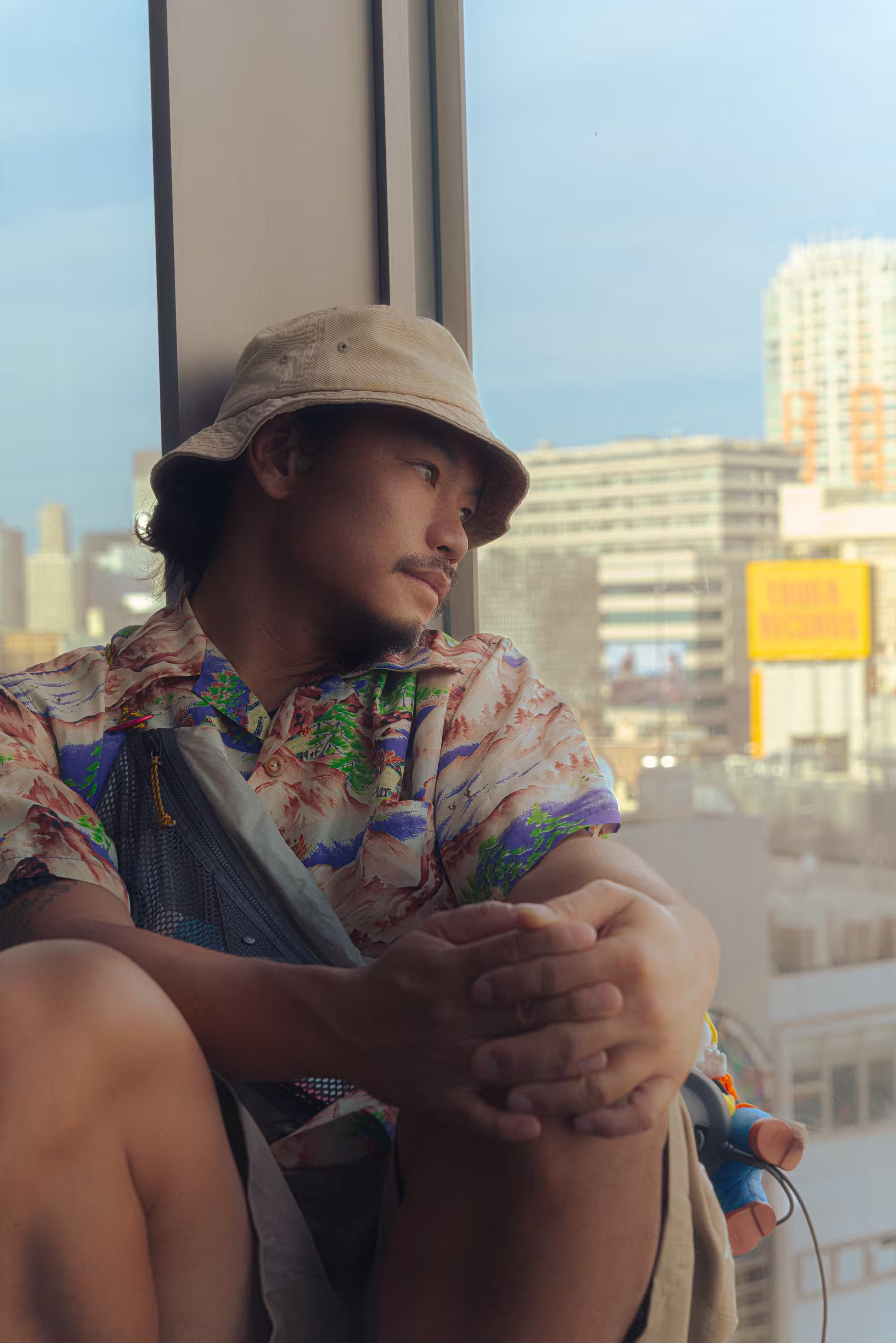
— Compared to other brands, Brain Dead really stands out in terms of the individuality of its collaborators, their creative approach, and the quality of the products. It feels like there’s a deep respect for the artists and the cultures they come from. What do you personally value most when it comes to collaboration?
I’m really passionate about a lot of things, and I enjoy researching them. Even now, I’m obsessed with learning about the world, and I actually enjoy the moments when I realize how little I know. In that process, when I encounter someone exceptional or come across a work that really inspires me, it naturally sparks my imagination — I feel that I want to support that person or want more people to see that work. I think one of the reasons Brain Dead is interesting is precisely because of that attitude of connecting creativity, whether that means reinterpreting a work in a different context or translating it into a new kind of value.
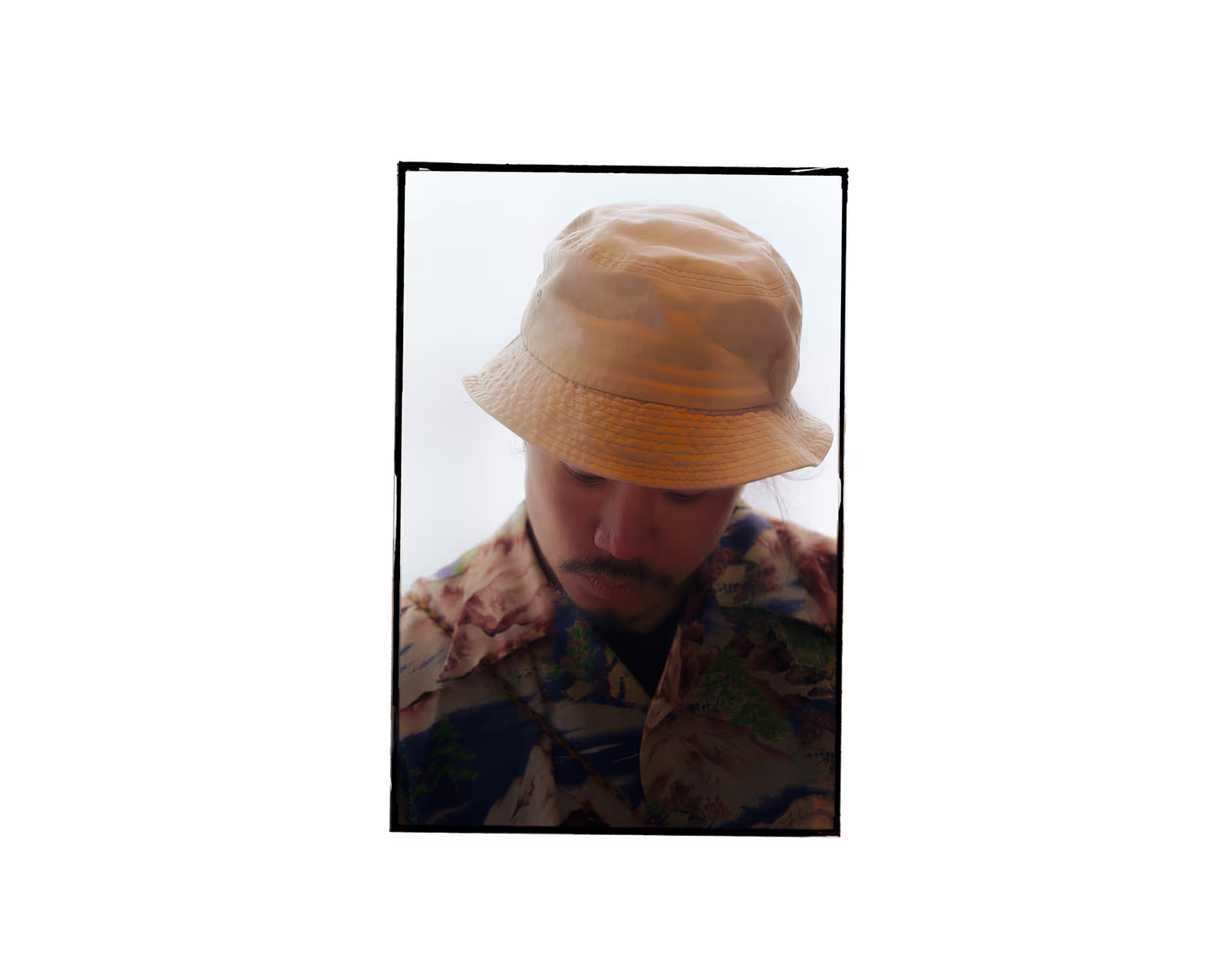
Our collaboration with Magic: The Gathering was exactly that kind of thing. I personally really love that worldview, but I’ve always felt like gaming culture and card game culture haven’t been talked about as "cool" within the fashion context. What I think is amazing about this game is that it has the potential to inspire new forms of aesthetics and expression among the people who love it, and I wanted to see that properly recognized. Games are a really important gateway: they nurture human curiosity and the ability to get deeply immersed in something. I truly believe that talking about games, or being passionate about video games themselves, is a valid form of expression. Also, each card game has its own distinct culture, and its own visual identity. Because so many people don’t treat the messages and worlds created through card games as art, I wanted to collaborate in a way that communicates their true essence.
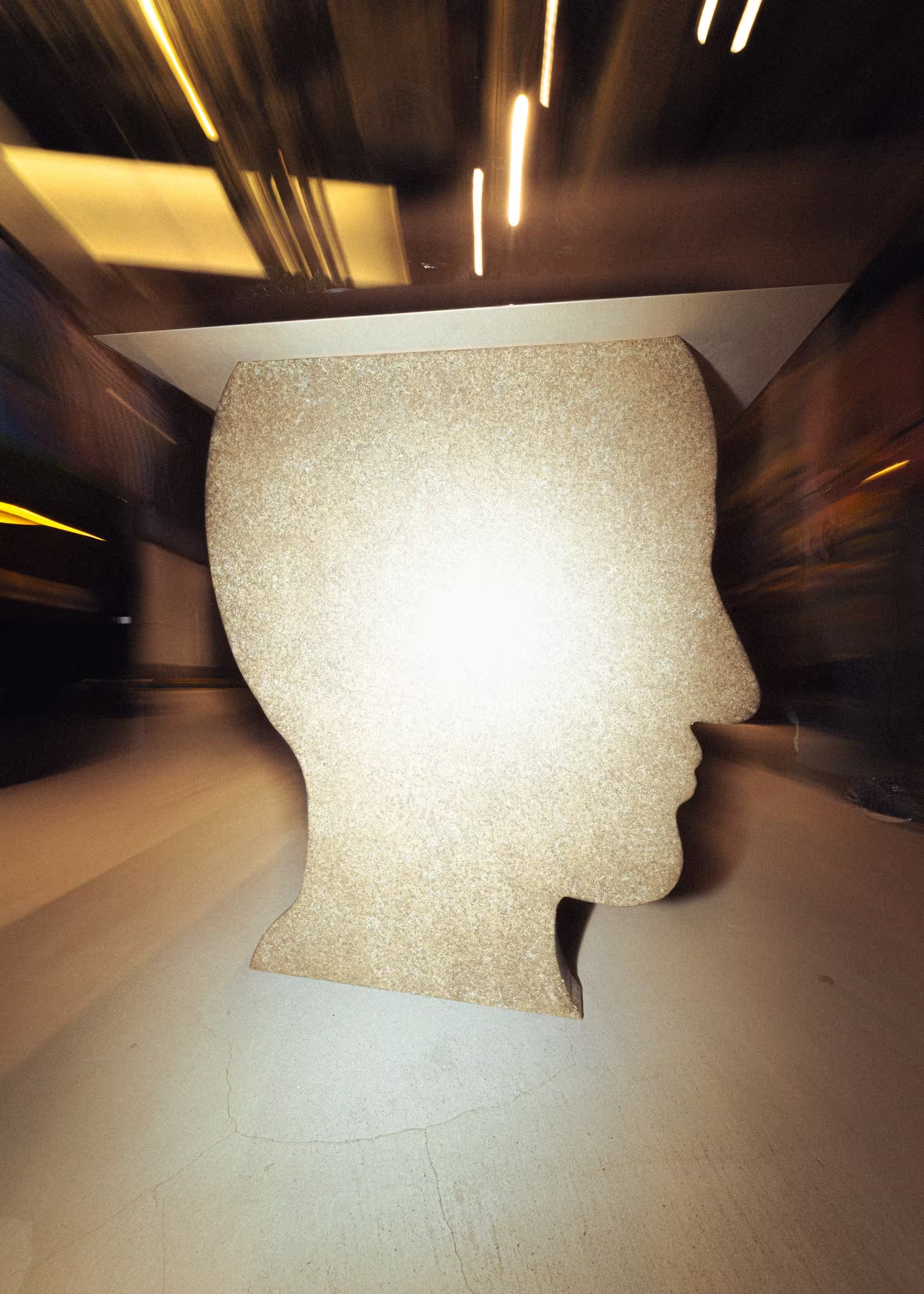
— Was there a particular experience that sparked your interest in researching and engaging with different cultures?
I feel really lucky, because I grew up in an environment surrounded by a lot of different cultures. I had tons of friends who were into punk rock, and Will Wright, the creator of the simulation game SimCity, lived in the area. His daughter was kind of punk too, and her friends were on BattleBots, that robot fighting show. People who worked at Industrial Light & Magic, the company that did the VFX for Star Wars, and Phil Tippett, the stop-motion legend, were all kind of like neighborhood uncles. There were so many creative people around, and all these different forms of creativity were organically connected. Since I was hanging out with those kinds of friends, we were all obsessed with stuff like robots, movies, and animation — all kinds of nerdy things. Later on, I realized that creativity comes from right around you, from the environment you grow up in.
"Creative work" tends to get evaluated based on things like success or a finished product, but the people I grew up around were all just doing things because they loved it, or because they wanted to make something. I think that kind of environment is what drives me now. That’s why I find chaos and geeky stuff really interesting. At first glance, it might all seem scattered, but everything is connected in some way, and there are people who are deeply engaged with each part of it. It’s niche, sure, but it’s also genuinely loved. Something you're totally obsessed with also has the potential to be special to someone else.

— The BRAIN DEAD STUDIOS SHIBUYA store is unique, with elements like sushi and Tokyo culture mixed in. Where did that idea come from?
It’s simple, really — I’m just really into plastic food models (laughs). There was a conveyor belt sushi place in Berkeley, where I grew up, and since it was close to home, I used to go all the time as a kid. I loved watching the sushi go around the belt, and staring at the food samples lined up in the display case. That visual weirdness, that sense of entertainment really stuck with me.
I also really love Shibuya PARCO. When I try to explain to my American friends what kind of place PARCO is, they’re always like, "There’s nothing like that here!" From high fashion to street culture, art, and music — all these different layers are packed together and coexist so naturally. I think it’s really unique. What’s even more interesting is how all that clutter somehow comes across as really cool.
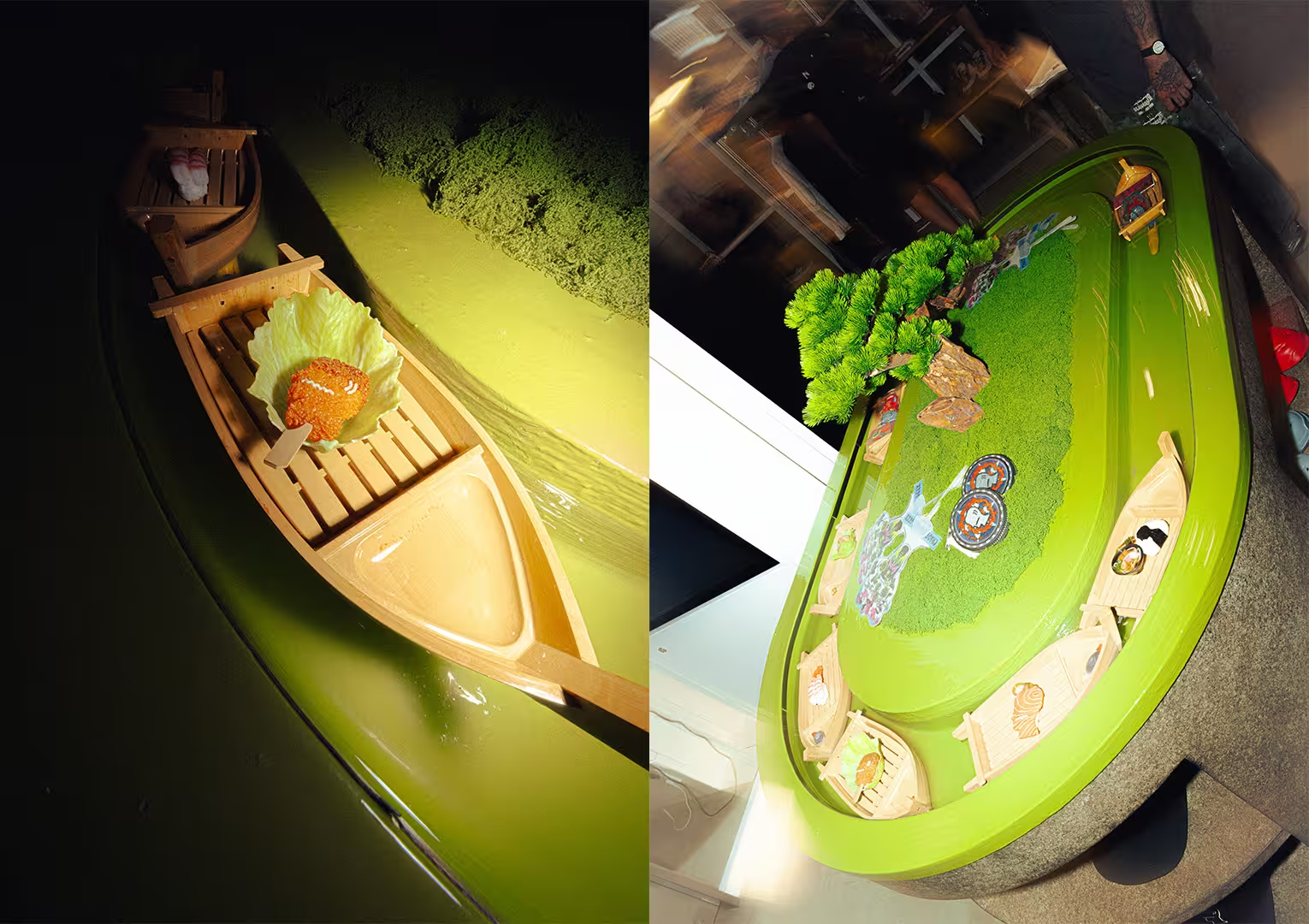
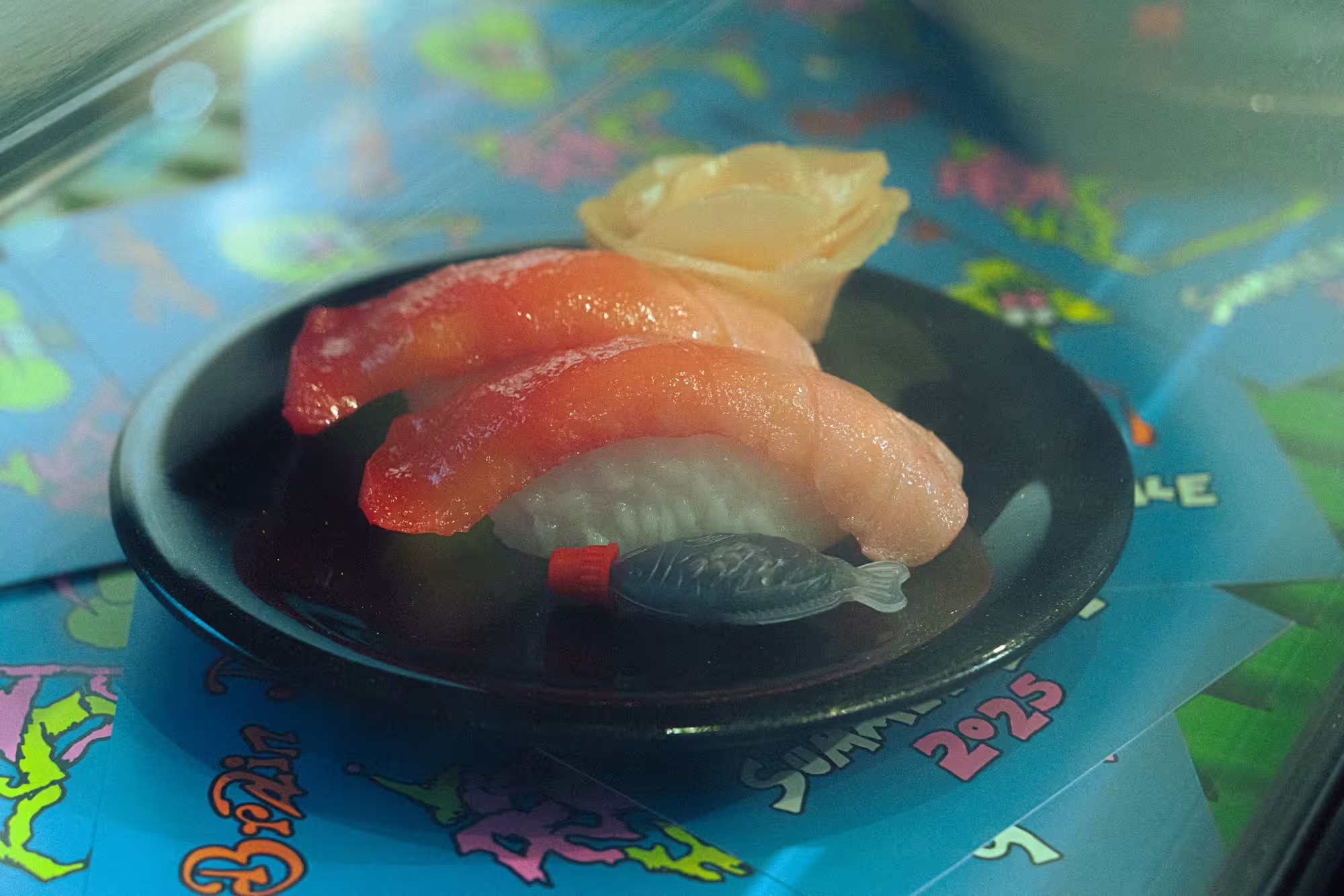
— What do you think draws you to Tokyo’s culture?
Actually, both my stepfather and stepmother are Japanese, so I grew up surrounded by Japanese culture. When I first came to Tokyo, honestly, I was completely overwhelmed. The sheer amount of information, the power of the culture — I still remember the feeling of being hit head-on by such intense stimulation. But because it was something I’d always loved, I was surprised by it and yet also felt a strange sense of comfort. Maybe that’s why I naturally feel at home here. I’ve been to Tokyo so many times over the past ten years that it really feels like a "second hometown" to me now (laughs).
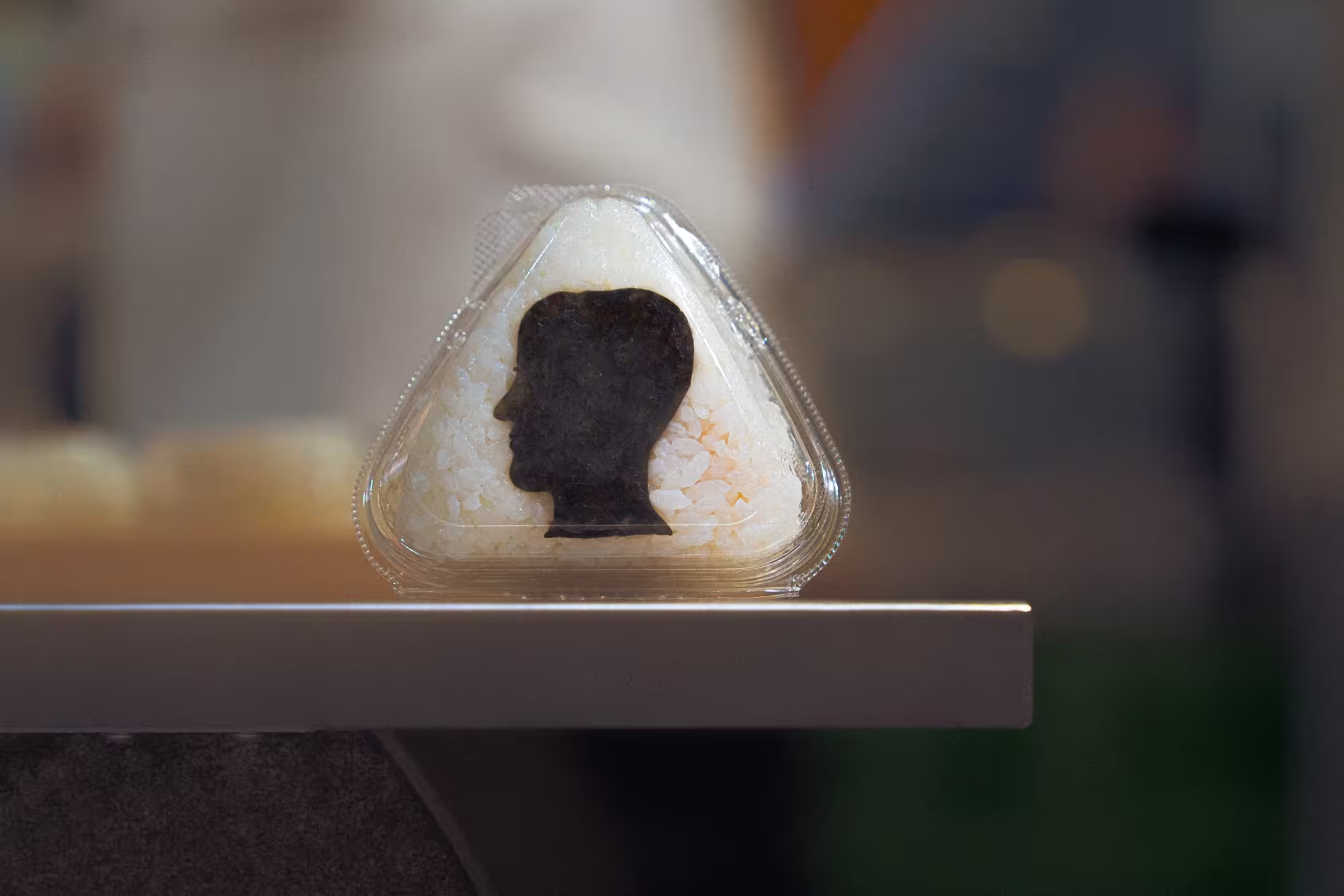
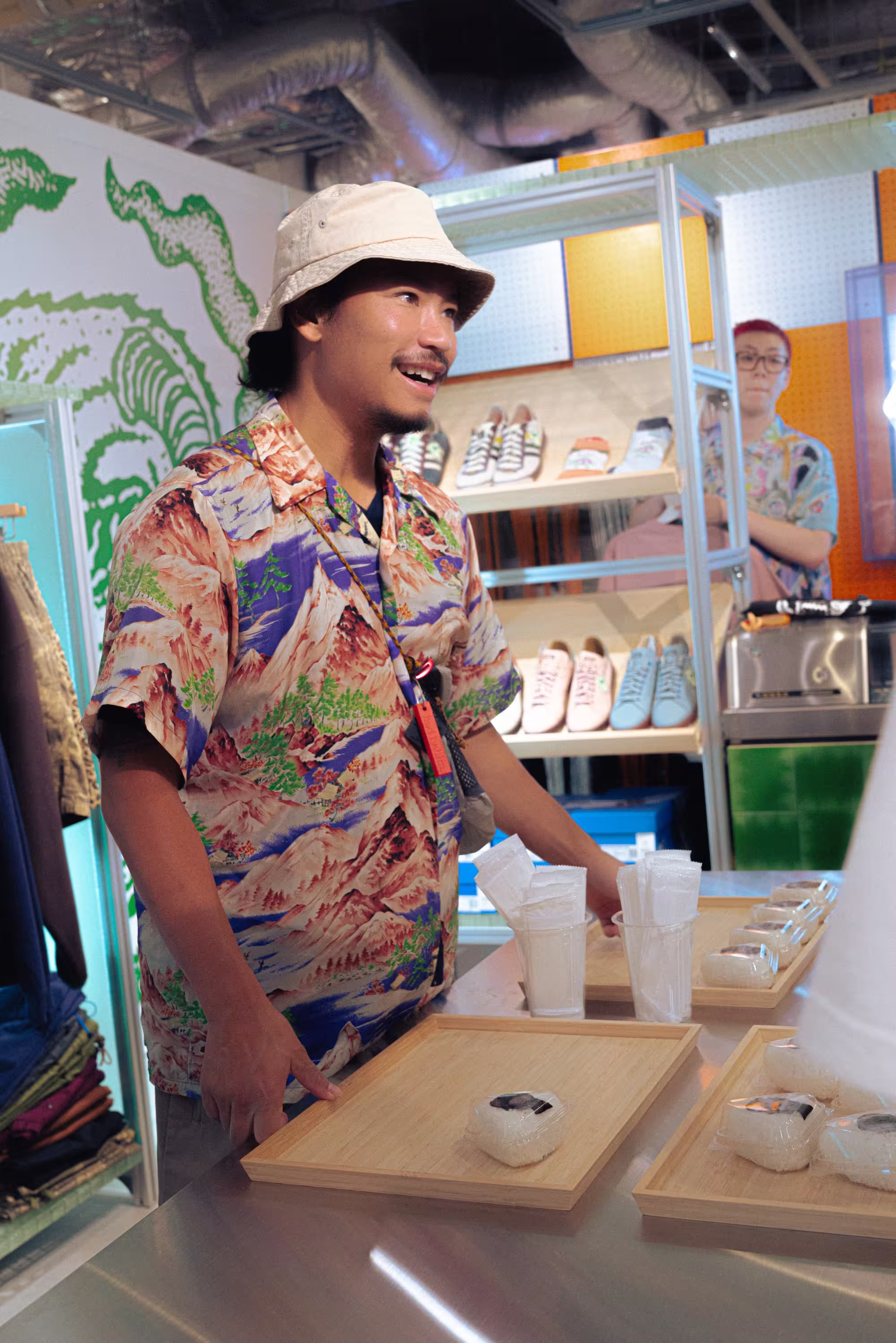
— Are there any Japanese artists or aspects of Japanese culture that have particularly influenced you?
I’ve been heavily influenced by Tokyo-born music like city pop, but I think the biggest influence might be in the realm of art and design. For example, I really love the music of Shintaro Sakamoto and Cornelius, and I have a deep respect for them. In particular, with Sakamoto, I feel that he’s not just a musician, but also an artist, and his approach to expression strongly resonates with what we do. His aesthetic and musical taste align perfectly with my own. He engages with Japanese culture through sincere and thorough research, and I’ve been deeply moved by that attitude. I feel like it strongly connects with my own creative work on a deeper level.
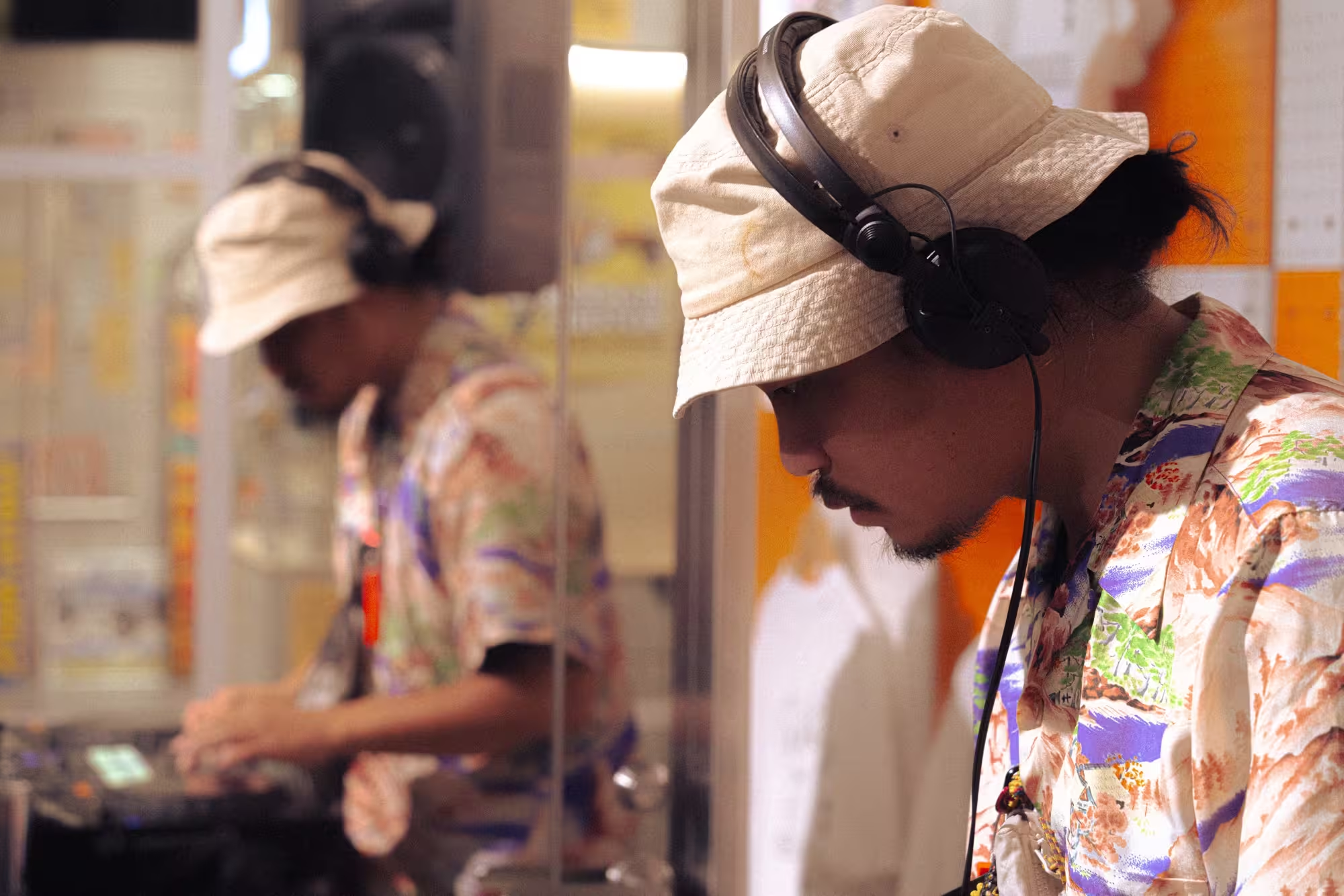
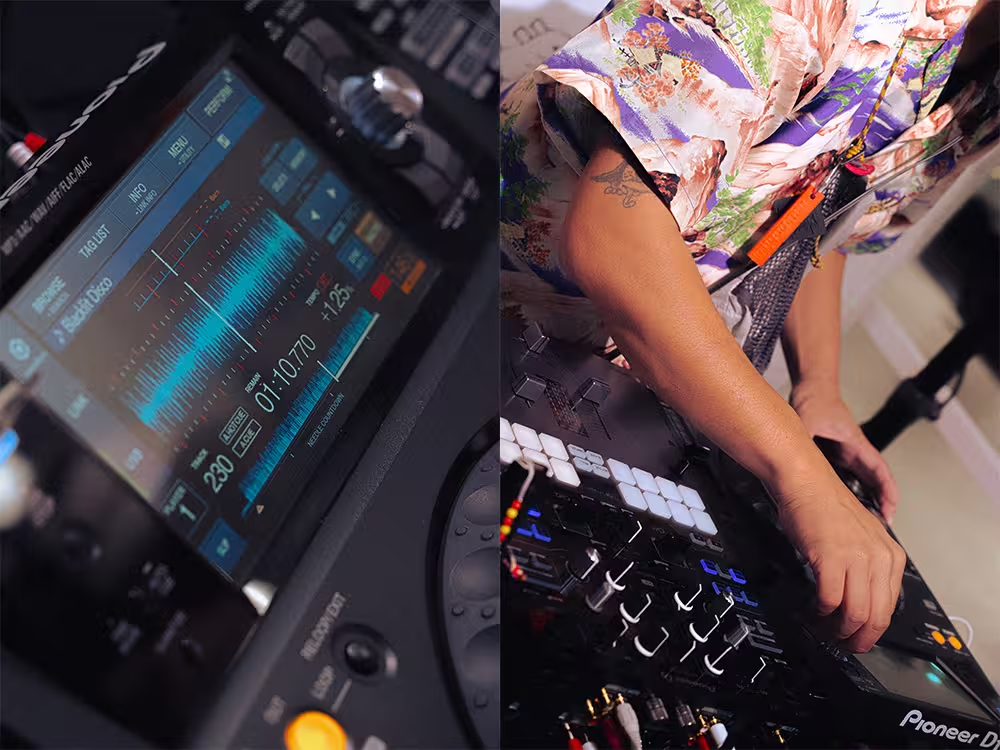
— As part of Shibuya PARCO’s large-scale renewal this spring, the 5th floor has been transformed into a secret base filled with items that spark the curiosity of geeks. In line with the July project CHAOS CULTURE GEEK, themed around “playfulness” and “all things geeky,” the visuals created were particularly striking, blending chaos with a geek sensibility. What does "chaos" mean to you, in the first place?
To me, chaos is a state where there’s no fixed path. Ideas and concepts float around freely. Nothing moves in a straight line, and you don’t know where things will end up. In fact, you’re not even sure if there is an endpoint. That kind of unpredictable state — that’s what chaos is for me. And honestly, I think I’m a pretty chaotic person myself (laughs).
But that doesn’t mean something is broken or heading in a bad direction. On the contrary, I think it represents the possibility that everything can constantly change, that anything can take on a different form at any time. The idea that there’s no "correct" form or fixed rules from the start — that’s what inspires my creativity.
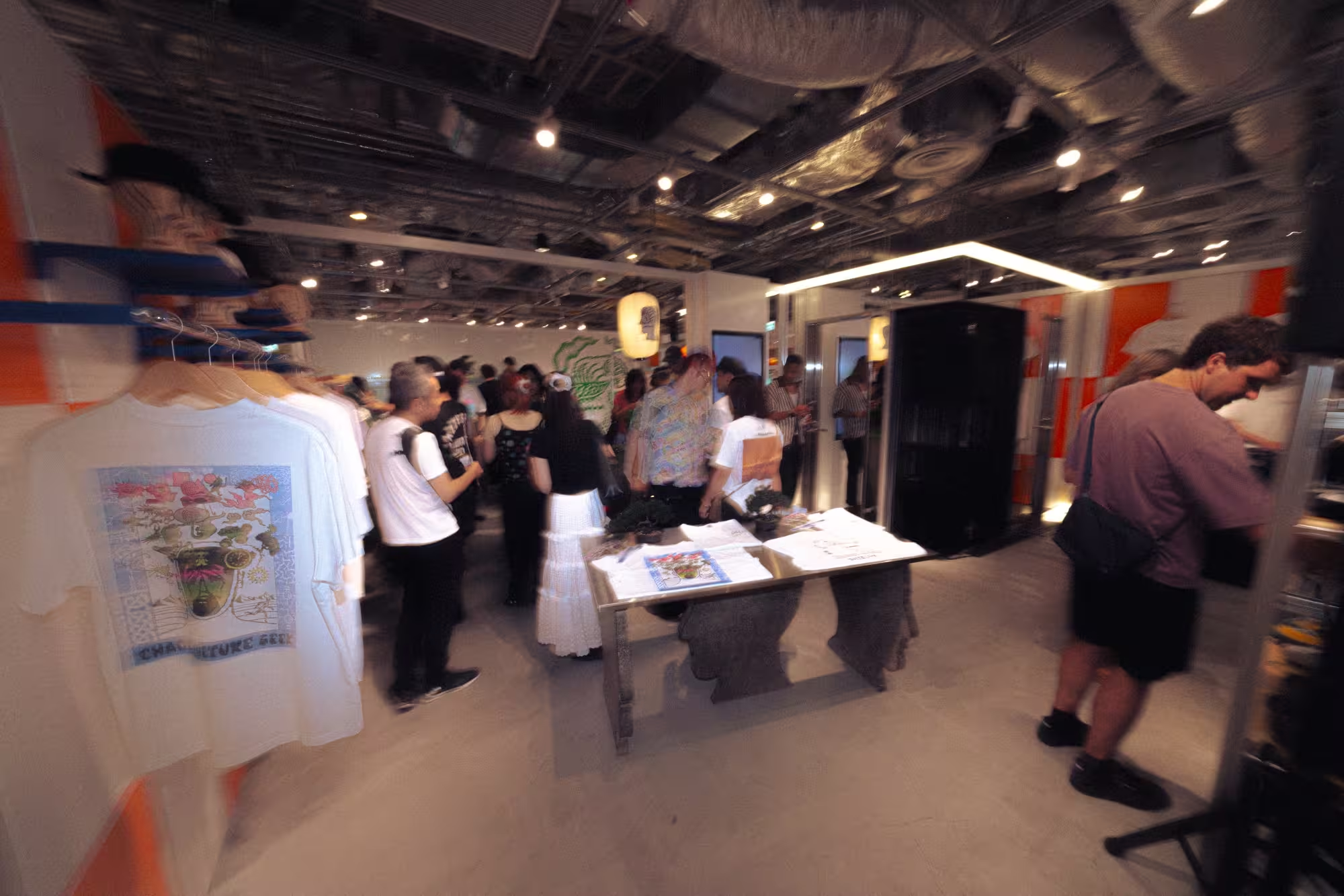
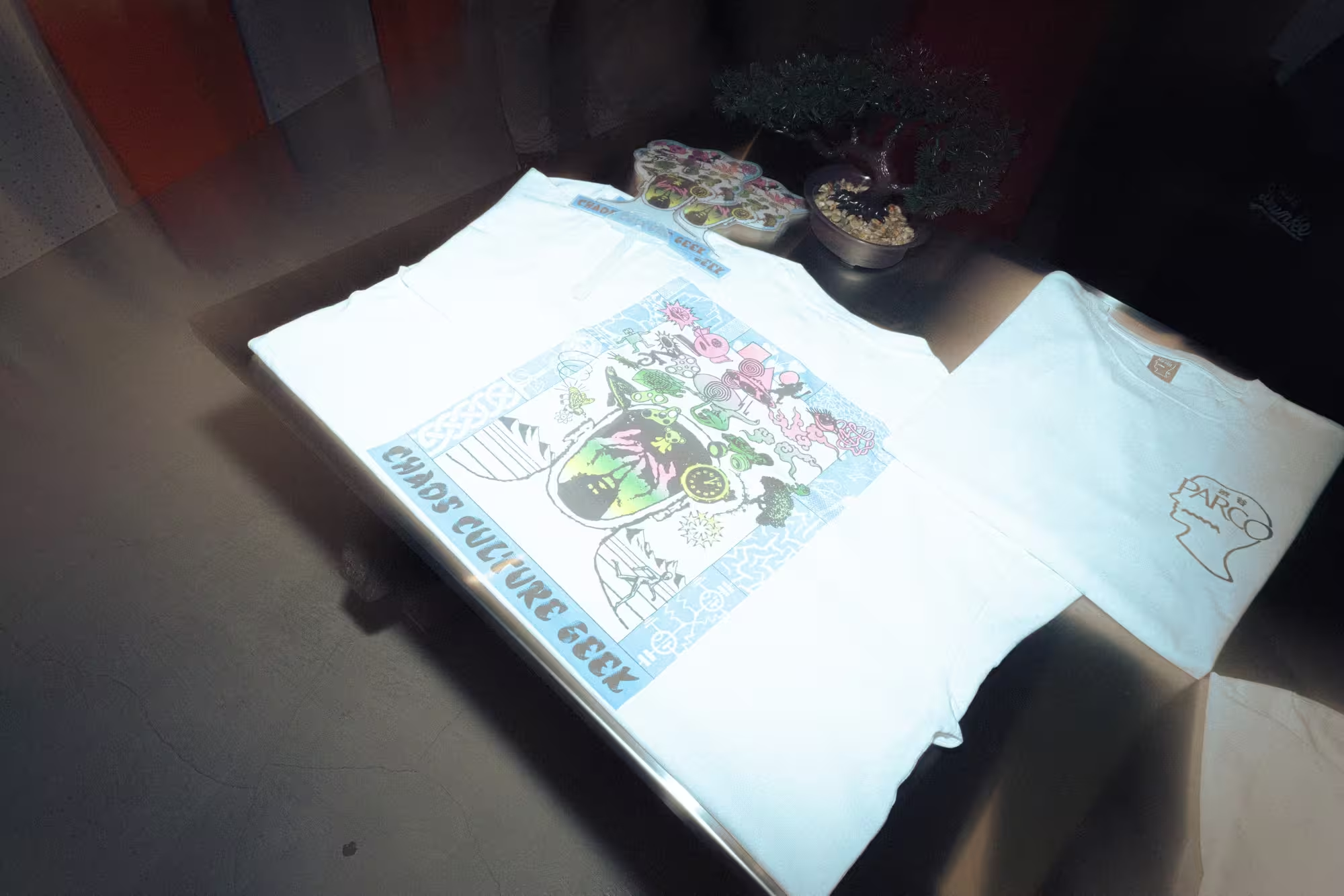
— Just as Shibuya PARCO has nurtured community by bringing theatricality into the urban space, Brain Dead’s efforts to create creative environments within the city seem to reflect the essence of the brand itself. In that sense, is there anything you’d like to try next?
Clothing is something we wear every day, and because of that, it naturally reflects a person’s values, tastes, and background. It’s a kind of fundamental "ground zero for self-expression". That’s why I believe fashion allows for expansion into all sorts of directions in a way that’s different from other fields, and I feel there’s infinite potential there. Brain Dead’s audience is also very open to enjoying the activities themselves, so I want to keep expanding the scope as much as possible.
We’re currently operating a movie theater in Los Angeles, which represents a new form of Brain Dead. By immersing visitors in worlds like JET SET RADIO, SaGa, Ghost in the Shell, and DEATH STRANDING, we aim to redefine the movie-going experience. For me, Brain Dead’s future isn’t just about products but about creating immersive spaces where people can encounter the unknown, expanding beyond clothing into entire creative worlds.
Recently, we’ve been planning to create climbing gyms and escape games, and in the past, we even produced a haunted house. I think spaces where people can genuinely enjoy those kinds of playful experiences are really important. Right now, my focus is less on products and more on experiences, through which you can share places and events with other people. I believe that’s where the future potential of our creative expression lies.
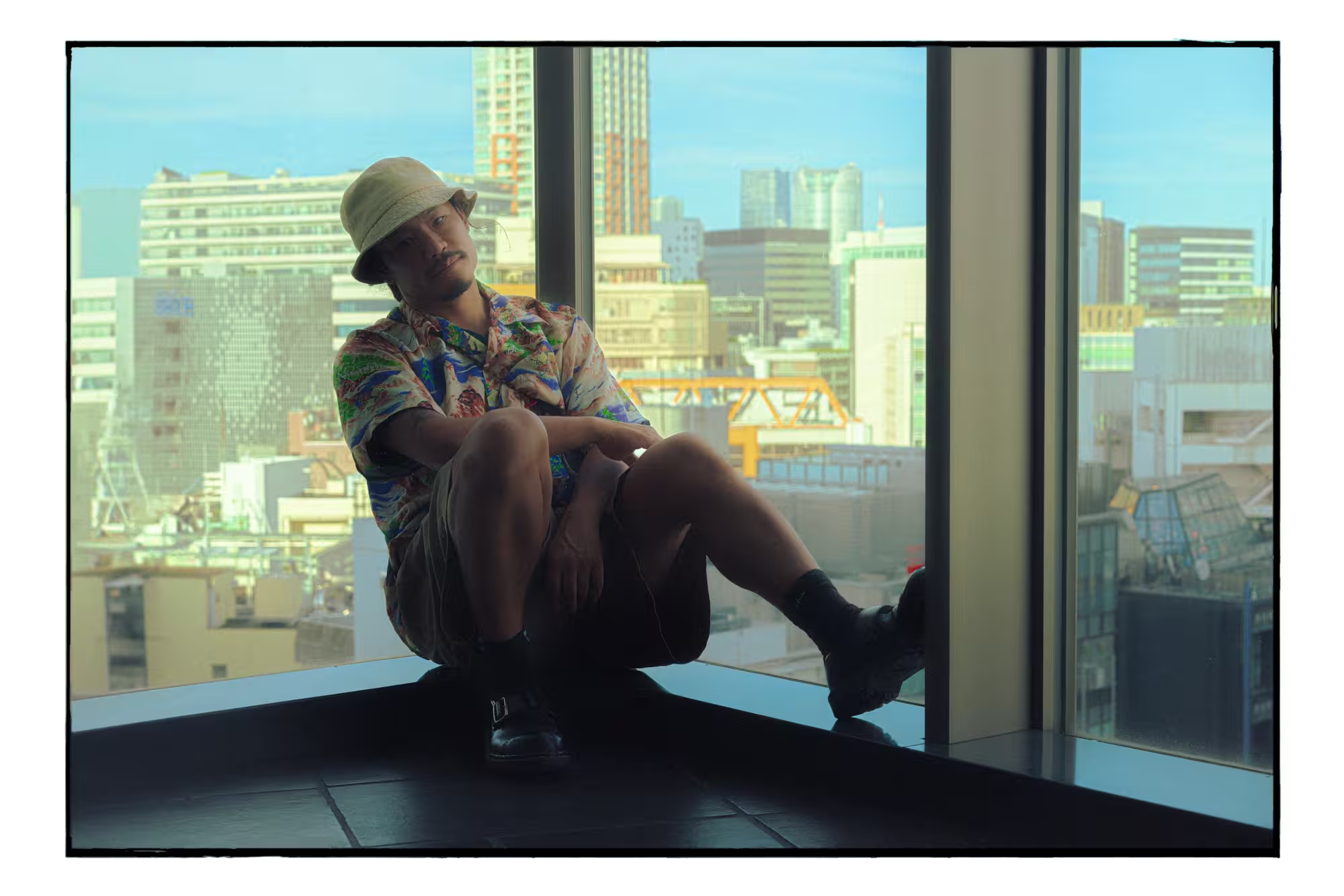
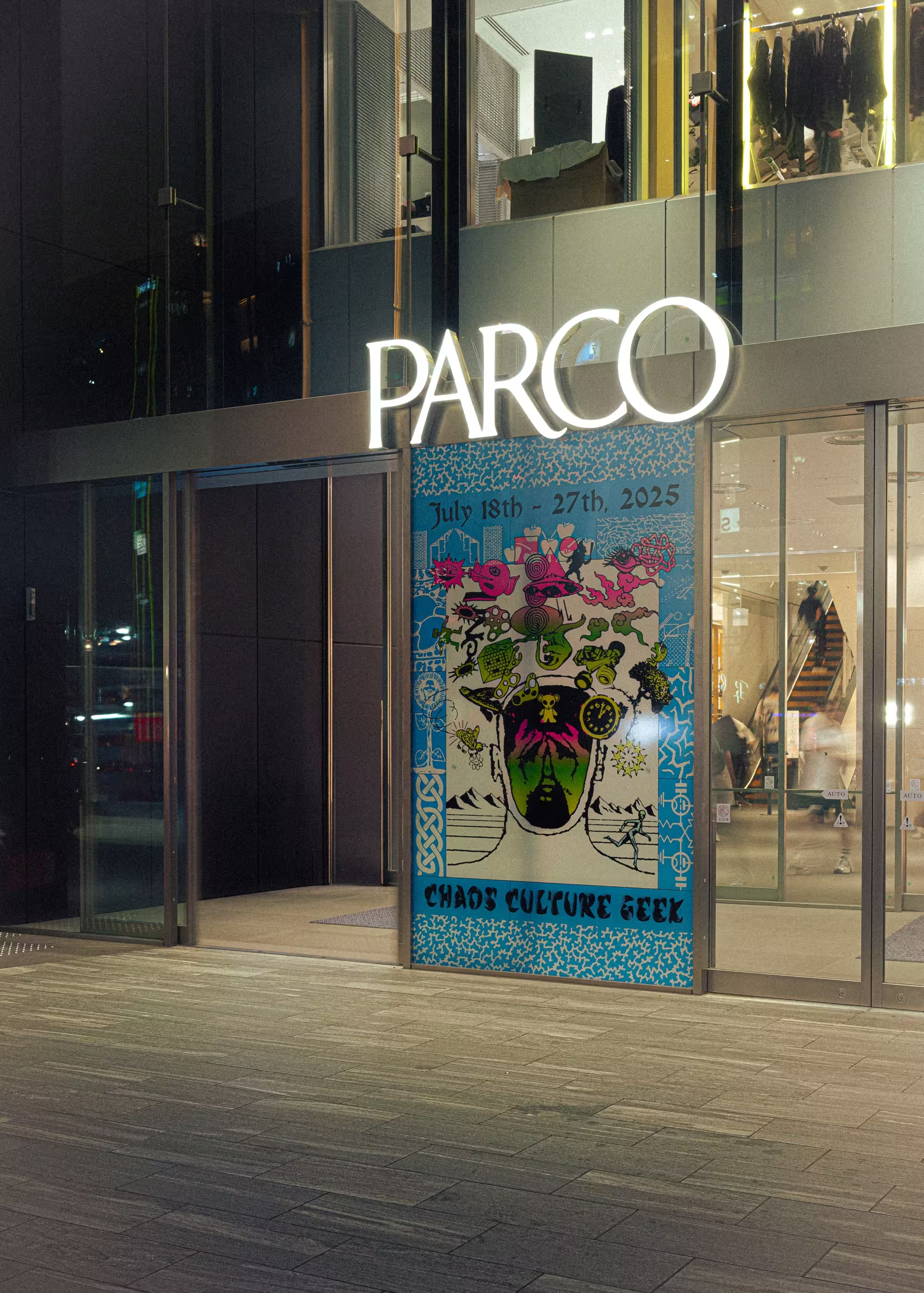

Kyle Ng
Founder and designer of Brain Dead, which he established in 2014. He expresses his love of science fiction movies, comic books, post-punk and other elements in various ways, such as clothing, furniture, shoes and animation. His unique graphics are highly popular around the world, and he has collaborated with numerous brands and companies.
Instagram(@farmtactics)(@wearebraindead)
